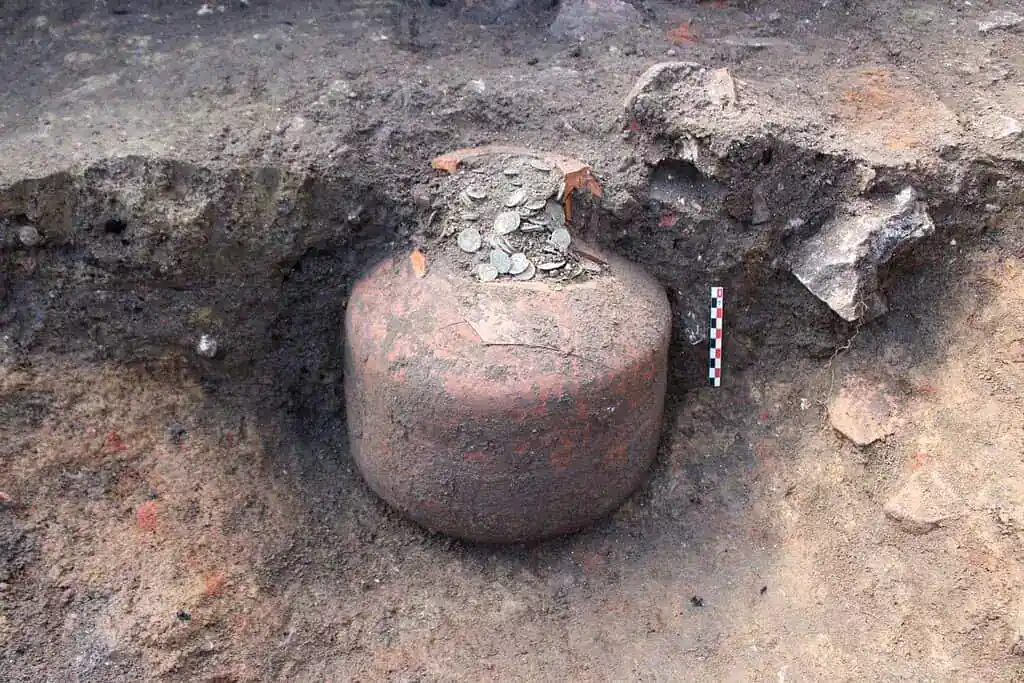TOKYO – After struggling with the challenges of hydrogen-powered vehicles, Japan-based Toyota is back with a new solution to at least one of those challenges. The company has already introduced a new liquid hydrogen system that could change the future of motorsports.
So is this a second chance for hydrogen?
Hydrogen has long been seen as a clean alternative to fossil fuels like petrol and diesel, but carmakers across the board know that it comes with big challenges. One of these is that storing hydrogen in gas form requires extreme pressure, and this really just makes it difficult to transport and use efficiently. Toyota, however, believes it has found a better way to do just this and that is through the use of liquid hydrogen as opposed to gas.
This version of hydrogen (the liquid version) has a higher energy density, meaning cars can store more fuel without increasing tank size. But there’s been one major issue: boil-off gas.
Boil-off gas is hydrogen that evaporates when the liquid fuel warms up. So far, no one has been able to properly reuse this gas, and most of it is simply wasted. But Toyota’s breakthrough has been able to capture and recycle boil-off gas and has turned what was once a problem into an energy source.
But can it really work on the race track?
Toyota took this new technology straight tothe Super Taikyu Series 2024. Their #32 ORC ROOKIE GR Corolla H2 Concept used the liquid hydrogen while also testing their new boil-off gas system.
In May’s Fuji 24 Hours Race, Toyota was eager to prove the durability of its liquid hydrogen engine. In 2023, the hydrogen fuel pump had to be replaced twice during the 24-hour race.
But at the most recent race, engineers introduced a dual-drive crank mechanism, which balanced movement inside the pump and tripled its lifespan.
The hydrogen tank was also redesigned (not unsimilar to what this carmaker did). Instead of the traditional cylindrical shape, Toyota has developed a custom oval tank, which holds 50% more fuel. This means the car can go further on a single refill. In previous races, Toyota’s hydrogen cars could only complete say about 12 laps per tank.
The real game changer: the reuse of boil-off gas
For the November race, Toyota showed how it turned wasted boil-off gas into usable energy. The concept sounds simple, but the technology behind it is complex. Here’s how it works:
- Capturing the Gas – Instead of releasing boil-off gas into the air, Toyota’s new system redirects it into a self-pressurizer. This device increases the gas pressure by two to four times, making it usable as fuel again.
- Generating Electricity – Not all of the captured gas will be used as fuel. Some of it will be sent to a small fuel cell stack, where it will undergo a chemical reaction to generate electricity. This extra power can run key components like the fuel pump motor, reducing the car’s overall energy demand.
- Safe Disposal – Any leftover gas will go through a catalyst, which converts it into harmless water vapor before releasing it into the air.
Is there now a new Future for hydrogen beyond racing?
Toyota’s work on the racetrack is about more than just speed. The company believes that if they can prove liquid hydrogen’s efficiency and reliability in racing (like this carmaker also wants to do), it could become a good alternative that can be used for everyday vehicles, trucks, and even planes.
But Toyota knows it can’t do this alone. They are looking for partners—from automakers to energy companies—to help develop and scale this technology.
This story was published in Coaches Database






